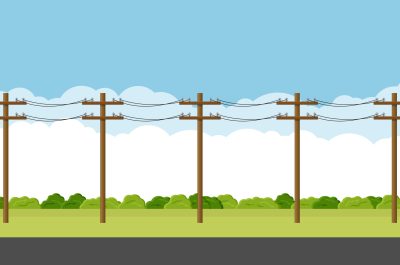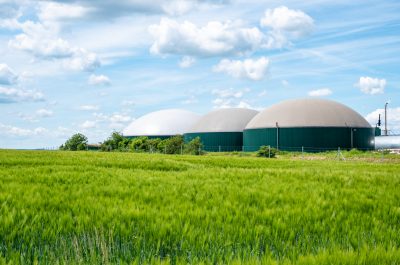Time to Power Australia
Elections are interesting times. Most find the barrage of political attack ads tiresome, the dinner-time phone calls from pollsters infuriating and having to vote a necessary evil. And then, in the days and weeks that follow, after the bunting has been torn down, the how-to-vote cards thrown out and the new government settled in comes the task of running the nation and delivering on the promises made in the heat of an election campaign.
Normally following an election, the ministry is announced within a couple of days, but our new Prime Minister Anthony Albanese has travelled to Tokyo for some pretty important security talks as his first act as Prime Minister.
Given we have a few days before we find out who our new energy minister is (I know, I know, it will likely be Chris Bowen) let’s take the opportunity to remind ourselves what we can expect from our new government and new energy minister.
Powering Australia
Labor’s overarching energy plan, Powering Australia sets out to reduce emissions, boost renewable energy, create jobs, kick start manufacturing and reduce power bills.
Powering Australia looks to reduce Australia’s emission by 43 per cent by 2030, deliver 604,000 jobs and bring down household power bills by $275 in 2025 and $378 in 2030.
Under the plan sits another suite of commitments that will implemented over the term.
Rewiring the Nation
The new Labor government will upgrade the existing energy grid through it’s Rewiring the Nation fund. This $20 billion fund is intended to “modernise and rebuild’’ Australia’s 20th century power grid to enable the renewables of the 21st century. The blueprint for this is the Australian Energy Market Operator’s (AEMO) Infrastructure Structure Plan (ISP).
There is no renewable transition without transmission, after all. Timely investment in new grid infrastructure is essential to enable the power generated in renewable energy zones to get to our cities and enable households to connect more solar, batteries and electric vehicles to the grid.
The government says it will work with the private sector to deliver this infrastructure, creating thousands of jobs across the regions and ensuring cheaper, more reliable electricity can get to homes and businesses.
Although the detail and delivery mechanisms for Rewiring the Nation haven’t been outlined, there is considerable good will among the energy sector to work with the new Minister to determine the best way forward.
Solar
One in four Australian households have rooftop solar – more than any other country in the world. Over the past two decades governments at all levels have used subsidies to entice homeowners to invest.
Despite the huge uptake of rooftop solar, home batteries haven’t had their day in the sun (all puns intended). Only about one out every 60 homes currently have household battery storage. The government’s $200 million Community Batteries for Household Solar program will enable homes with solar to share the power they generate with other households.
This policy is designed to help reduce power bills and enable apartment dwellers and renters to access the benefits of solar power.
Australians can expect to see around 400 community batteries providing shared solar and storage to around 100,00 households.
National Electric Vehicle Strategy
The Albanese Labor government will deliver Australia’s first National Electric Vehicle Strategy.
The strategy will seek to encourage more EV ownership in Australia and make them more affordable for families.
There are a few strings to the strategy’s bow including investing more in EV charging infrastructure and exempting new vehicles from current taxes and tariffs such as fringe benefits tax and import tariffs.
These subsidies cap out at around $79,000 however, and given there are only about six electric vehicles on the market under $60,000 its not a huge saving for a middle-income family.
ENA is keen to continuing engaging with all governments and policy makers to ensure EV charging is managed in a way that enables us to use the existing grid more efficiently.
Engaging with states and territories.
Getting all the states and territories realigned will need to be a priority for Labor’s new energy minister.
Labor announced during the campaign that in government, it would convene an urgent Energy Council meeting with State and Territory counterparts to begin better collaboration in the interests of energy affordability and reliability.
This is very much welcomed. The former government’s Energy National Cabinet Reform Committee and Energy Ministers’ Meeting appear to have not met since September 2021.
Given the significant number of major energy reforms being undertaken at jurisdictional level, more regular meetings are required to best align these reforms in the interests of all Australian energy consumers.
The energy sector looks forward to seeing greater transparency and engagement through a reformed ministerial council process.
Regardless of who gets the job of energy minister in the 47th Parliament, they will have their work cut out for them. Australia’s renewable energy sector is off and racing and managing it will be the job for the national energy minister over the next decade. Engagement with market bodies, stakeholders, networks and industry group is going to be paramount to success.
Energy Networks Australia sends our best wishes for the road ahead and looks forward to working closely with our new government.



